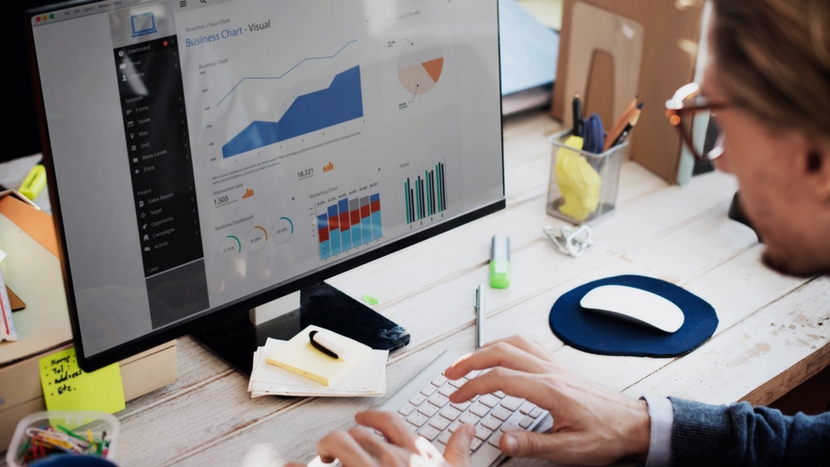Making the right decisions for the business is not an easy task and the decisions that managers make can irreversibly influence the direction of a company. To be able to make the right decisions, managers need to have the best tools available so that they can base their choices on concrete, objective and realistic data. Dashboard is one of the most important tools today, since it allows managers to be always up to date on everything that goes on in the business. In this article, we’ll cover the relationship between dashboards and decision making!
But after all, what is a dashboard?
A dashboard visually displays the most important information about the business. In case of using a tool like Multipeers, the information is updated permanently and automatically, so that you have at your disposal the most current information on everything that happens in the company.
How Dashboard Helps in Decision Making
-
Group information from all company sources
In this field, you cannot to have a dashboard too “full”, that is, with information that is not relevant to your decision making. This will only create visual noise and complicate your analysis. You should create an easy-to-read dashboard with only the data that really matters to you.
-
Constant evaluation of the business
One of the main advantages of using dashboards is that you can constantly analyze the present and past of your business. With a dashboard, it’s easy to analyze company history and find patterns of past behavior that will help you make present-day decisions that do not compromise the future!
-
Always present business objectives
By using a dashboard, you can easily see if your business goals are being met. Linking KPIs with day-to-day activities is essential if individual and global goals are to be achieved more simply.
-
Identify deviations quickly
Managers are not always able to identify deviations in work routines in a timely manner, which compromises business productivity. The dashboard will aggregate the history of the company’s operations and can set defaults to detect deviations and anomalies in real time. Thus, the system is able to perceive that something is not right and to promptly alert it so that it can act before it becomes a serious problem.


